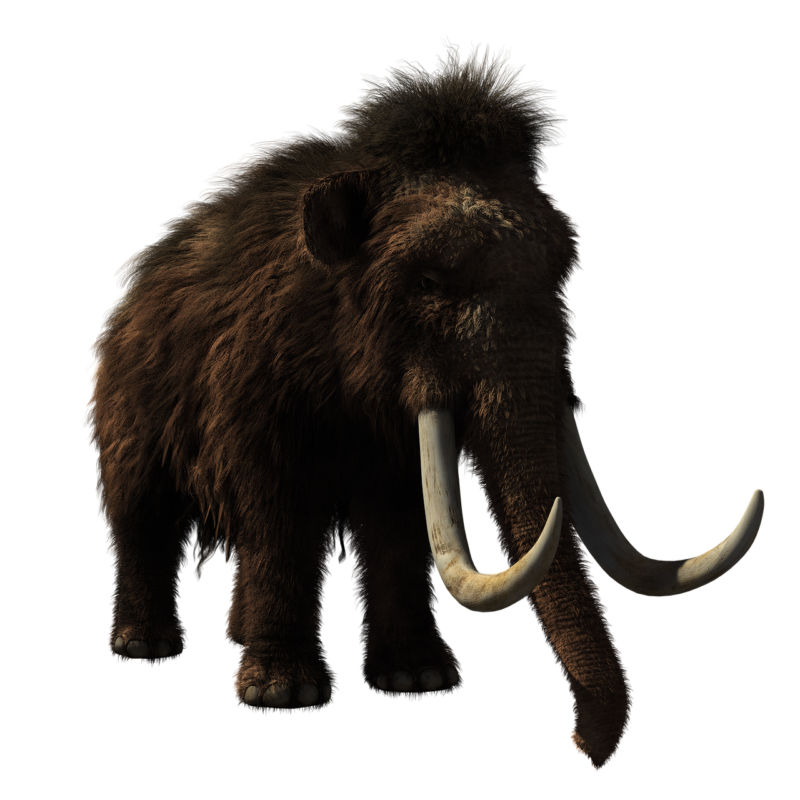How Ice Age Animals Survived in Harsh Climates: A Look at Evolutionary Traits
November 15, 2024

The Ice Age was a period characterized by severe climates and dramatic environmental changes, resulting in the evolution of various unique species. The adaptation mechanisms of these creatures provide a fascinating lens through which we can appreciate the intricacies of evolution and survival. In this article, we will explore how Ice Age animals managed to endure and thrive despite the relentless challenges posed by their environment, focusing on their evolutionary traits and behaviors.
1. Understanding the Ice Age Landscape
The last Ice Age, known as the Quaternary glaciation, spans the last 2.58 million years. During this time, vast ice sheets expanded over North America, Europe, and Asia. This dramatically altered landscapes, creating tundras, grasslands, and fragmented forests.
The climatic conditions were harsh, with temperatures plummeting and significant shifts in food availability. Ice Age animals had to adapt swiftly to these extreme conditions to survive.
—
2. Key Adaptations for Survival
### a. Morphological Adaptations
Morphological features helped Ice Age animals contend with severe cold and food scarcity. Key examples include:
– **Fur and Fat Layers:** Animals like woolly mammoths and saber-toothed cats evolved thick, insulating fur and significant fat deposits. These adaptations minimized heat loss, allowing them to thrive in frigid temperatures.
– **Body Size and Shape:** The Bergmann’s Rule suggests that larger animals are found in colder climates. Ice Age predators, such as the direwolf, showcased robust builds that helped conserve body heat.
### b. Behavioral Adaptations
Behavioral changes also played a crucial role in survival:
– **Migration Patterns:** Many Ice Age animals migrated to different locations seasonally to access food resources while evading extreme weather. For instance, caribou followed these migration routes to graze on available vegetation.
– **Social Structures:** Herding behavior was advantageous for many Ice Age herbivores. Forming groups not only simplified protection against predators but also helped in locating food and water resources.
3. Notable Ice Age Species and Their Traits
– **Mammoths:** These iconic creatures had long, shaggy fur, long tusks, and large bodies. Their thick layer of fat provided insulation, while their tusks were utilized for foraging under snow for vegetation.
– **Saber-Toothed Cats:** Renowned for their elongated canine teeth, these apex predators relied on their stealth and strength to ambush prey. Their robust build helped them survive in harsh conditions, with a diet heavily based on medium-sized herbivores.
– **Woolly Rhinoceros:** Adapted to the cold with a thick coat of fur and a layer of fat, woolly rhinoceroses were also known for their large horns, which they may have used for foraging and defense against predators.
—
4. The Role of Climate Change in Evolution
Climate change during the Ice Age had a profound impact on the evolutionary trajectory of species. As temperatures fluctuated, animals had to adapt quickly to survive.
Instead of immediate extinction, many species exhibited remarkable resilience through selective pressures:
– **Genetic Adaptations:** Over generations, genetic changes contributed to the improved survival of specific traits, such as heat tolerance or enhanced foraging techniques.
– **Niche Differentiation:** Animals began to occupy different ecological niches as environments changed, allowing coexistence and diversification among species.
These adaptations paved the way for the evolutionary processes that ultimately led to the rich biodiversity we see today.
5. Modern-Day Descendants and Their Survival Traits
Today’s animals, such as the musk ox and bison, carry the legacy of their Ice Age ancestors. Understanding how these species survived provides insights into the survival strategies of modern wildlife:
– **Thick Fur and Fat Reserves:** Similar to their ancestors, many contemporary animals have developed thick fur and fat reserves, which serve as insulation against harsh winters.
– **Migration to Find Food:** Animals like the Arctic reindeer still follow migration patterns established during the Ice Age to access seasonal grazing areas.
—
6. Conclusion: The Legacy of Ice Age Animals
The survival of Ice Age animals amid harsh climates exemplifies the power of evolution in shaping life. Their adaptations still hold relevance today, informing us about the delicate balance between nature and adaptation. By examining their traits and responses to environmental pressures, we gain a deeper appreciation of resiliency in the face of adversity. The Ice Age may have receded, but its lessons in survival continue to resonate through the ages, affecting both past and present fauna.
As we reflect on the evolutionary journeys of these magnificent creatures, we must also consider the implications for contemporary species facing similar challenges due to climate change. Understanding these historical adaptations can inform our efforts in wildlife conservation and the protection of biodiversity in our rapidly changing world.








